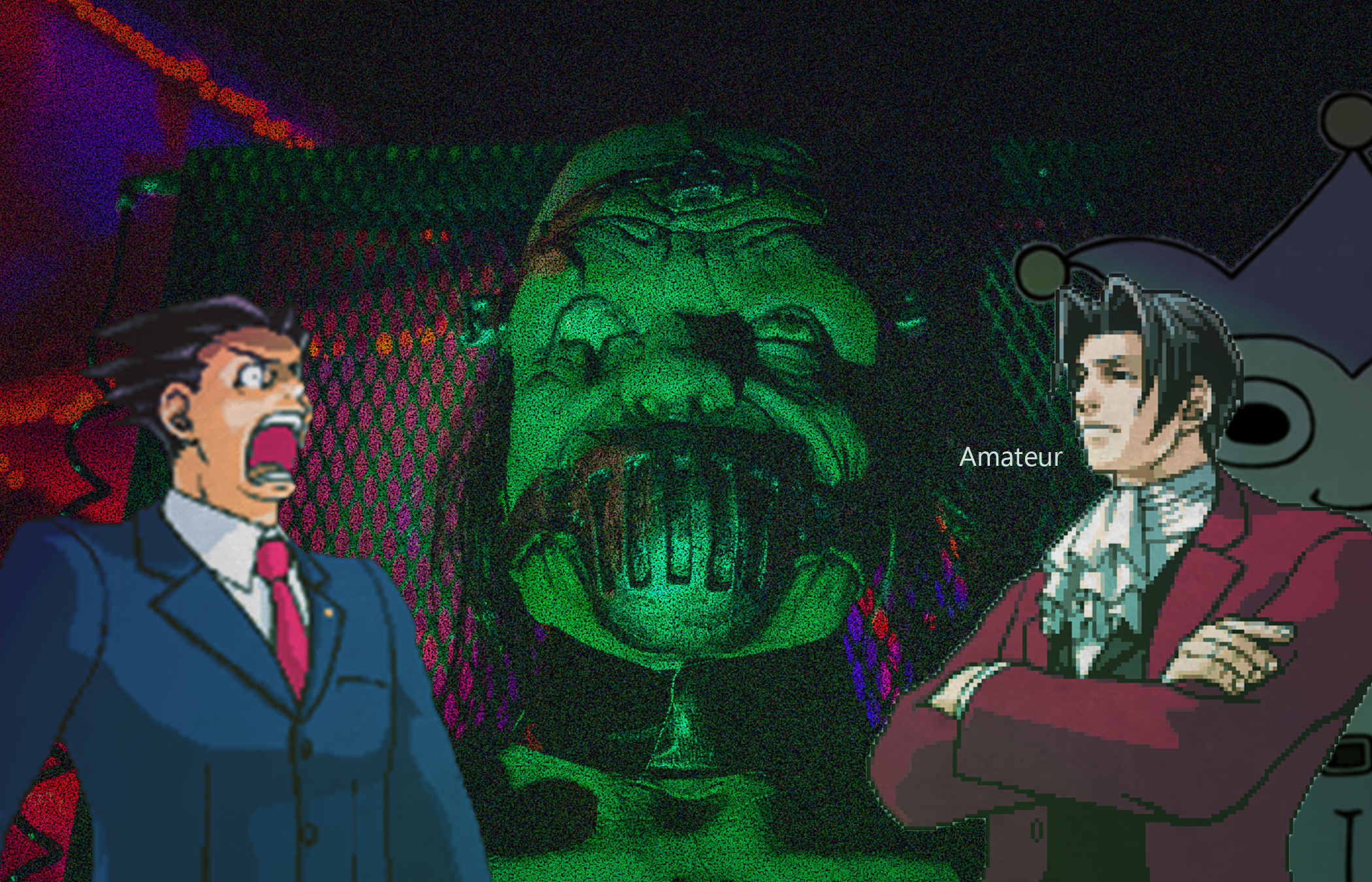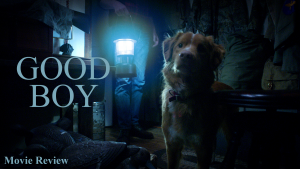
Horror movies, TV shows and video games gain immense traction this time of the year, and they all have one thing in common: jumpscares. Whether or not the scares are effective is up for debate, so Voice Editor Rome Tews and Sports Editor Latif Love sat down to decide once and for all.
Yes, have a little fun
BY ROME TEWS
Today, the horror genre feels awfully stale. Every trope has been troped, and there’s minimal evolution to be had moving forward. So then, why not go back to the basics?
Jumpscares are a tale as old as time, and that’s because they work. Proper execution creeps uneasy feelings back into our primordial brains.
The suspense associated with jumpscares is fueled by not only stylistic choices but also your body’s natural response to the eerie music or turn around a corner. Triggering the fight-or-flight startle response is a good way to freak people out.
Though, if a movie is bad, the scares are going to be bad. That’s not because jumpscares are ineffective; that’s because good media is, apparently, quite difficult to make in 2024. No amount of adrenaline-pumping daunting moments can save a lackluster production.
When you have the chance, allow yourself to be comfortable while enjoying media. Not everything has to be taken so seriously. Quit trying to solve the murder and enjoy the journey laid out to you by the producers.
No, grow up
BY LATIF LOVE
Jump scares have become a staple in modern films and have spread to television and video games. They have become so popular that studios heavily rely on them to cause fear, but they often only briefly startle viewers.
When watching horror films, it is more important for the directors to create suspense through sound, imagery and atmosphere.
Genuine fear comes from the unknown, and because jump scares have been so overused, they have become predictable. If a viewer has watched enough horror movies, it is almost easy to tell when the jump scares will come, making them ineffective.
Directors often use specific cues such as silence, music drops and camera angles before a jump scare occurs. These cues also provide an element of assurance that what you are watching is not real, so without added aspects of cinematography, it can be difficult for a viewer to truly experience fear.




